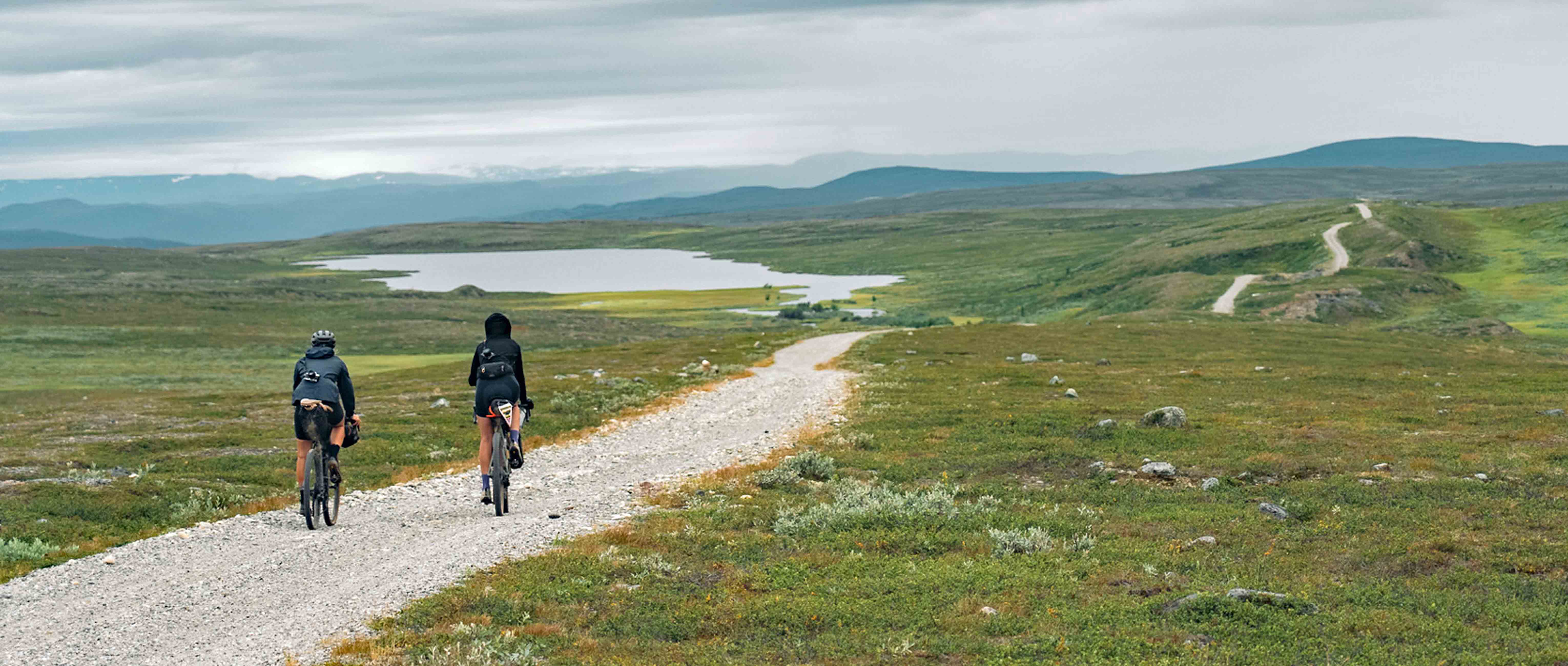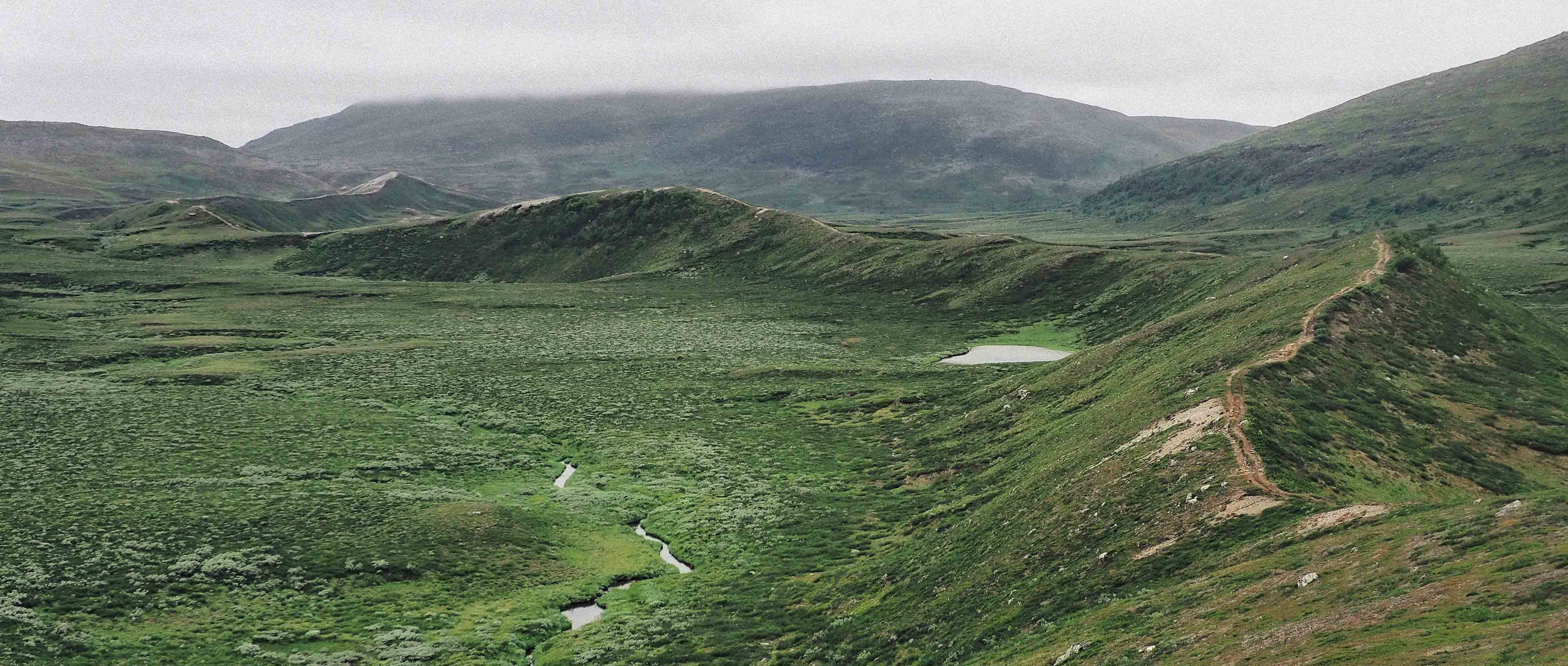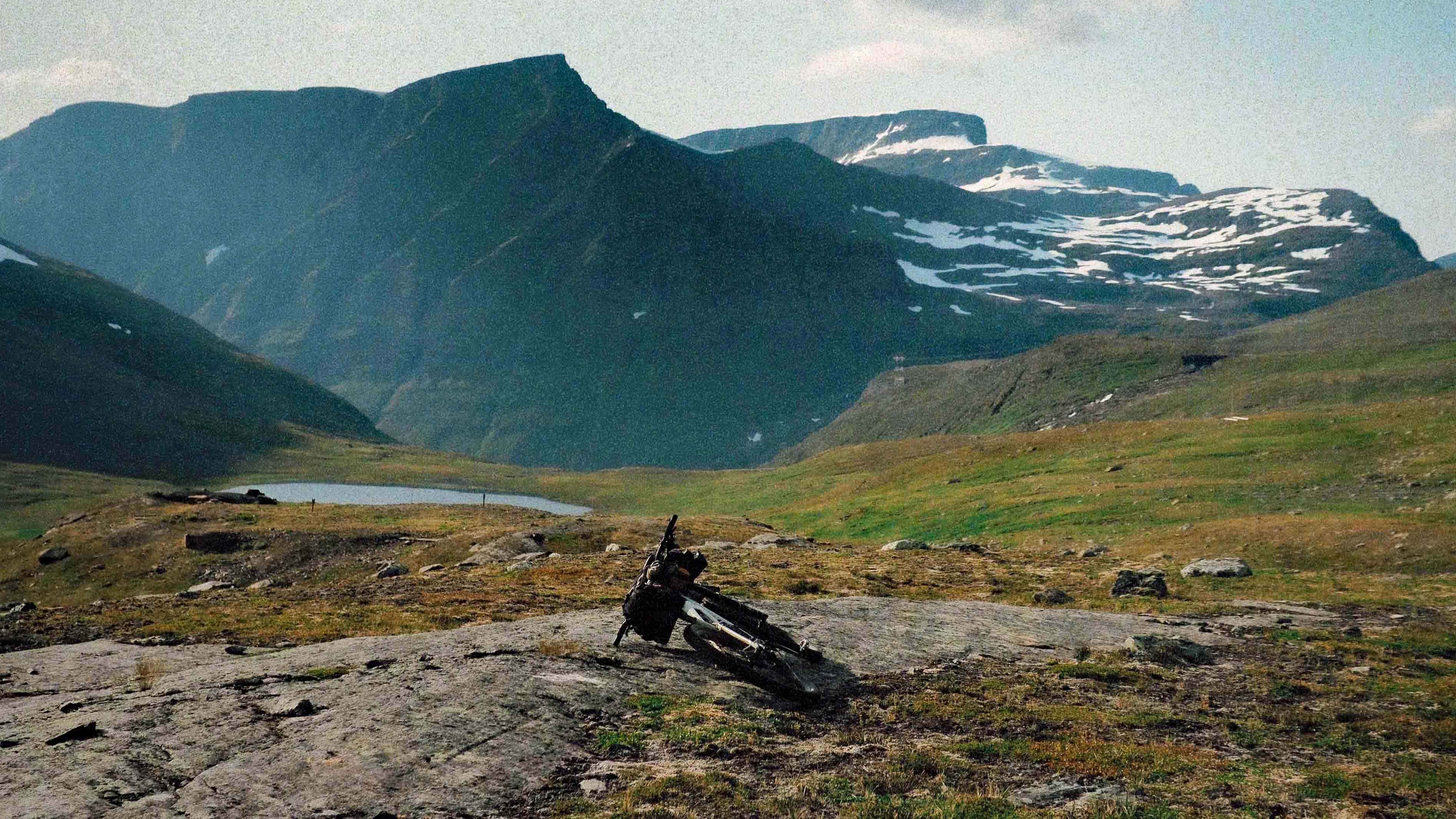Bikepacking with a gravel bike or a full-suspension mountain bike are both legitimate ways to explore a new place, but your choice of bike will lead to different experiences. When it comes to the pros and cons of bike choice, Shimano Gravel Alliance member Henna Palosaari shares her insights.

Route selection
I’m the first to say that I enjoy riding gravel bikes on singletrack and rougher terrain but this year, for the first time, I’ve gone bikepacking with a mountain bike and I must admit that the added comfort when riding on rougher and rockier trails was welcomed. Gravel bikes are more comfortable for covering longer distances on easier gravel or forest roads and can definitely manage the occasional short singletrack section. However, if you plan on riding a lot of singletrack in more unpredictable terrain, then a mountain bike is the right choice. Having suspension saves a lot of time and energy by enabling you to ride sections you would otherwise need to hike through. However, it is important to note that the distances covered in such terrain are often a lot less than on gravel roads because even with a mountain bike, hike-a-bike is often needed.

TL;DR - For hiking trails and a deeper exploration of the wilderness without exact knowledge of the trail conditions, a mountain bike would be my first choice. However, if my planned route is mainly on gravel roads and only includes short sections of smaller trails and rougher terrain, I would choose my gravel bike.
The hiking–biking ratio
Before you head on a bikepacking adventure on hiking trails with your mountain bike, I should mention the likelihood is that you will need to hike as much as you bike. Here, this differs from the usual bikepacking trip on a gravel road. But having an equal amount of hiking and biking brings about a certain ease - it slows down the pace, makes breaks a natural part of the movement and most importantly, you are no longer limited by the gravel road network and can expand your exploration further into the mountains. Naturally though, this depends on how willing you are to carry your fully loaded bike on your back for hours.
If you decide to try it out, remember to wear versatile cycling shoes that are truly comfortable for walking – this is good to keep in mind also for gravel adventures that take you a bit off the beaten path. I prefer to wear mountain biking shoes on all my bikepacking trips.
The technical challenges
Along with hiking trails and singletrack comes the technical challenge. Whichever bike you’re on, you will need at least a basic level of mountain biking skills and the confidence to comfortably ride your bike on a wide variety of terrain. Otherwise, you will not have fun. The basic principle of mountain bike bikepacking is that you carry your bike up to a mountain pass to ride it down. (Or at least, this holds true when you are in a country with high alpine terrain. In Finland and other flat countries, you usually ride more and hike less.)

Mentally this technical challenge makes a big difference to a standard gravel bikepacking trip, where you can often let your mind wander and focus on the scenery. Now that you’re mountain biking, you’ll need to concentrate on the trail and what’s ahead of you. Luckily, each time you’re hike-a-biking, you will have more time to look around. On my earliest mountain bike bikepacking trips, I noticed that I was getting more tired - not necessarily physically but mentally, because of the fact that I had to focus more on the riding.

NB - you can get the same adrenaline rush on a gravel bike and test yourself with more technically demanding riding by taking it out on singletrack trails.
Packing the bike
Packing all the necessary gear onto a gravel bike is like loading a container with stuff, whereas packing your gear onto a full-suspension mountain bike is more akin to squeezing all your belongings into a shoebox. Sure, loading the gear onto your gravel bike is never easy - it’s always a balancing act so that it doesn’t impact the riding too much, but it’s crazy how full-suspension mountain bikes are even more sensitive to the packing game.

For full-suspension mountain bikes, saddle bags are basically out of question if you plan on using your dropper seatpost and rear suspension. In some cases, you can fit a tiny saddle bag with a light load, but keep it minimal. You also want to avoid loading your handlebar bag too heavily so it doesn’t impact the riding. In this case, consider adding more air to your front suspension to avoid your bar bag coming into contact with the front tyre. Due to the different shapes of mountain bike frames, it’s not easy to find a suitable frame bag without ordering a custom-made model. In short, this basically means that you need to ride with a backpack.
Thus, if you want to make packing for your bikepacking trip easier, a gravel bike is the best choice. Also, the load on your bike doesn’t impact your riding as much on a gravel bike as on a full-suspension mountain bike because the terrain is usually not as technical. However, if you still prefer to head off the beaten path on more technical trails with a fully loaded mountain bike, make sure you try out the set-up before heading on a longer trip, so that you know how it impacts your riding and if you need to change anything.

The experience
Bikepacking (on any bike!) is a great way to explore new places and it depends on your preferences if a gravel bike or a full-suspension mountain bike is the right choice. For getting from A to B, covering longer distances away from busy roads and carrying gear effortlessly, a gravel bike is the optimal choice. However, if you want to dive deeper into nature, slow down the pace and spend time in more savage wilderness areas where there are only hiking trails or no trails at all, a full-suspension mountain bike will always be my first choice. Do I have a favourite? No way! I personally love being able to pick and choose which way I want to explore and relish the different experiences they create.